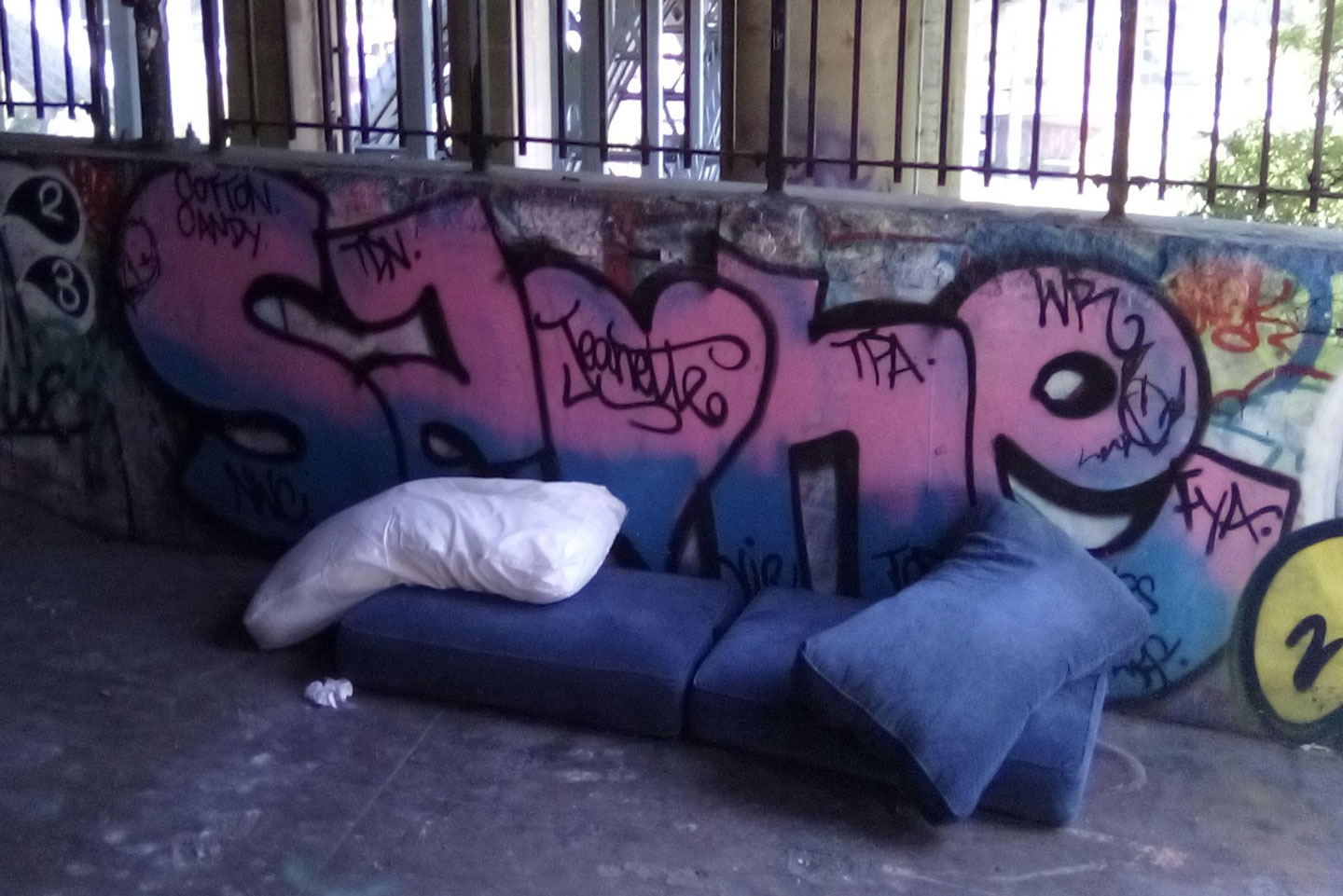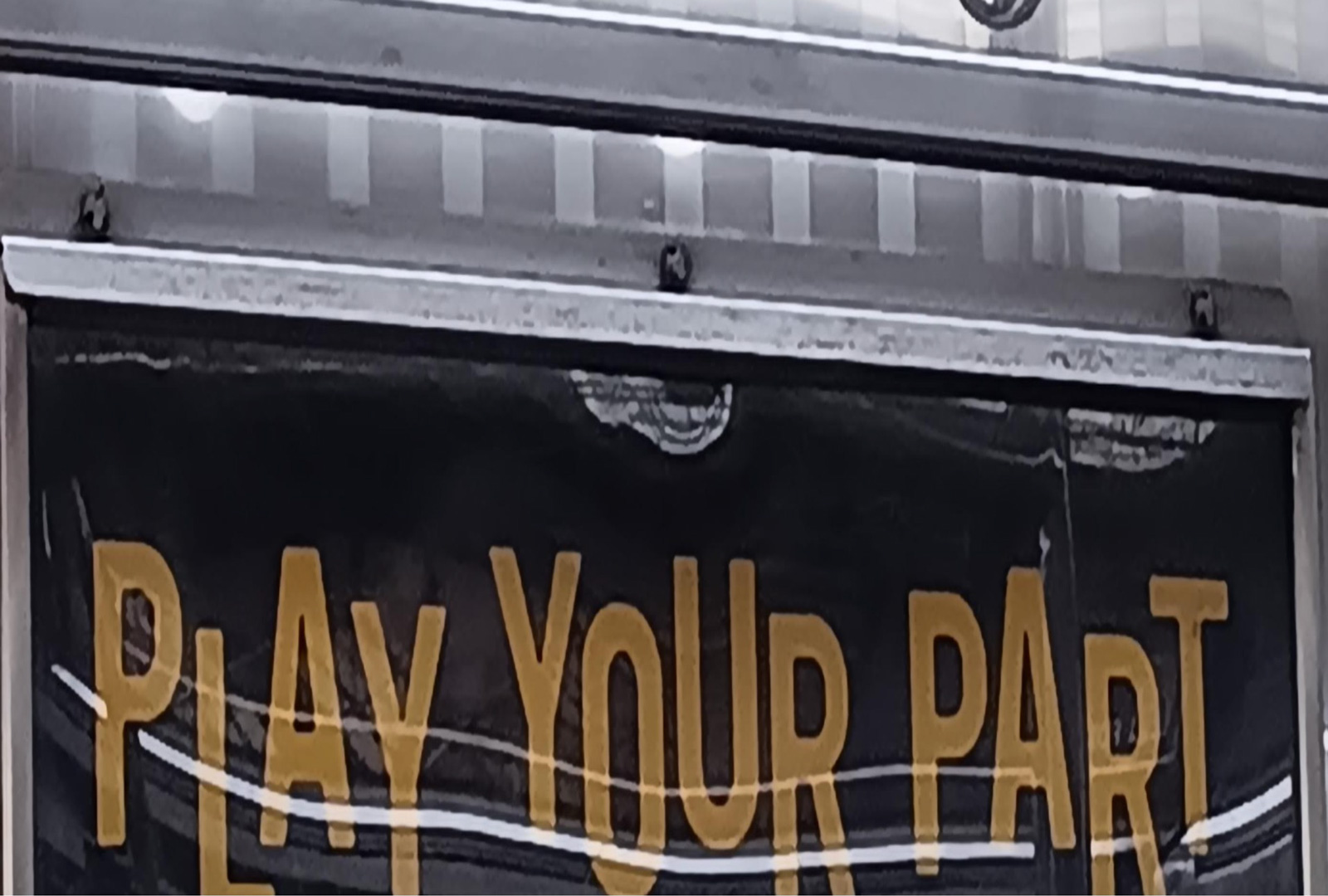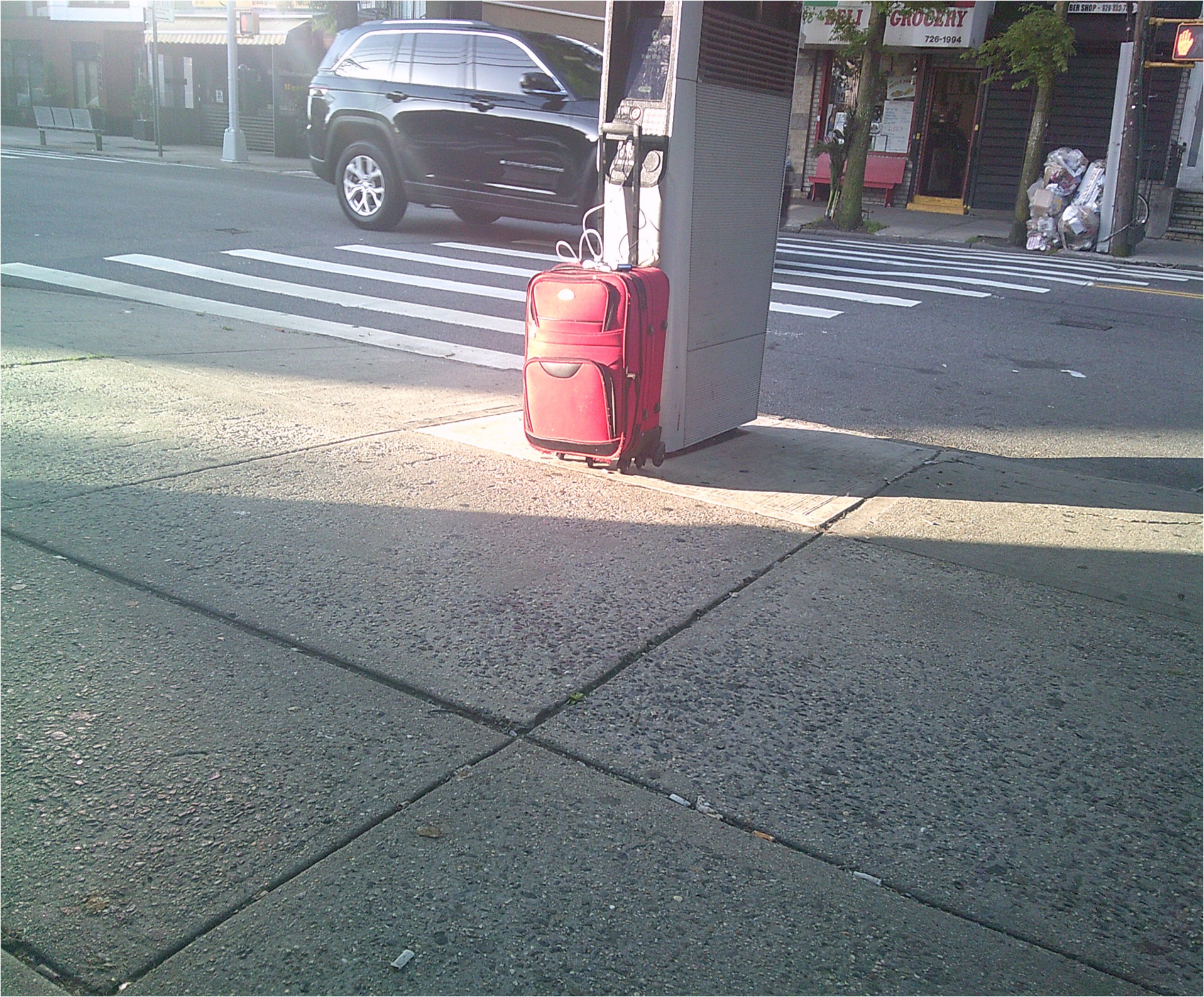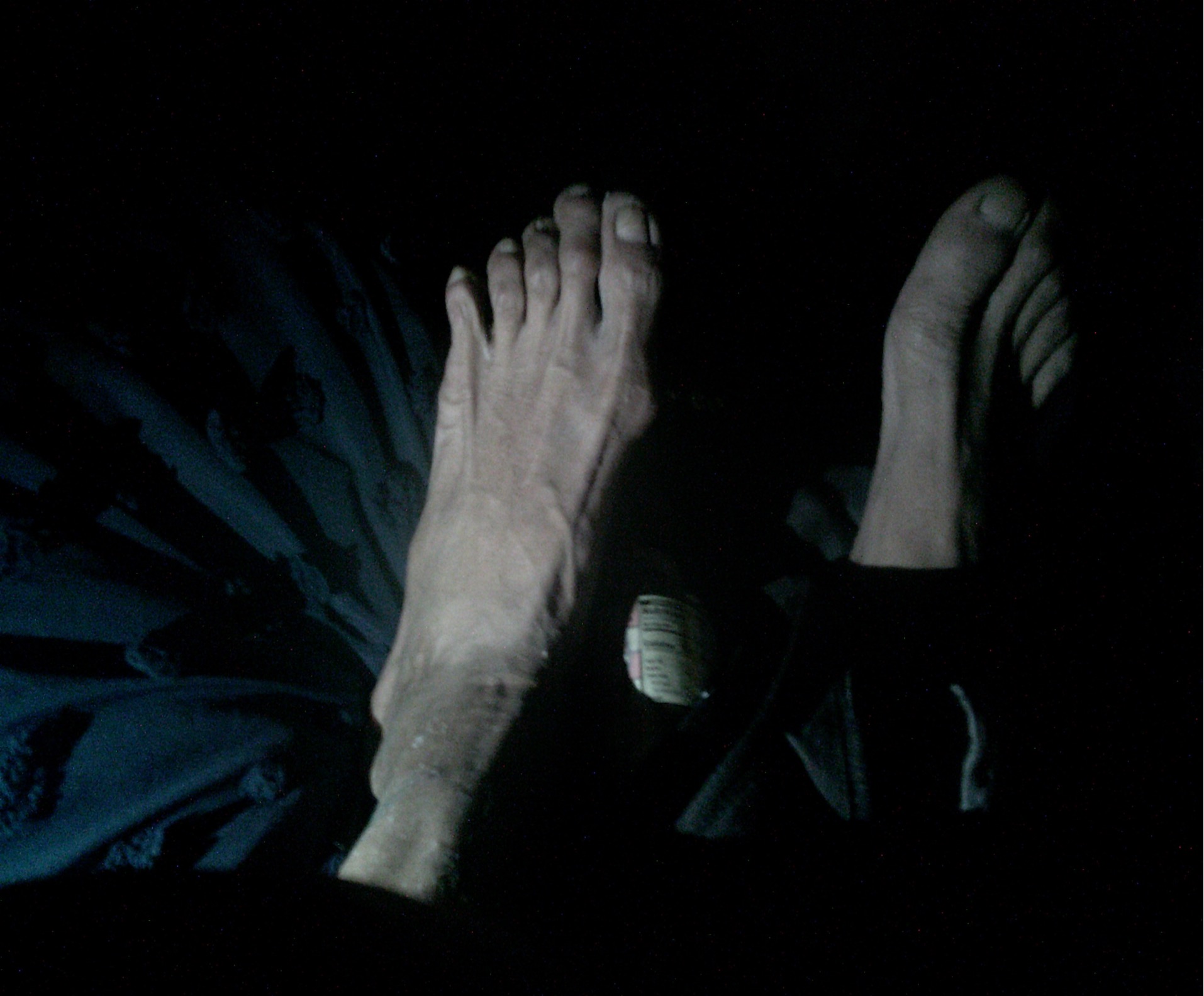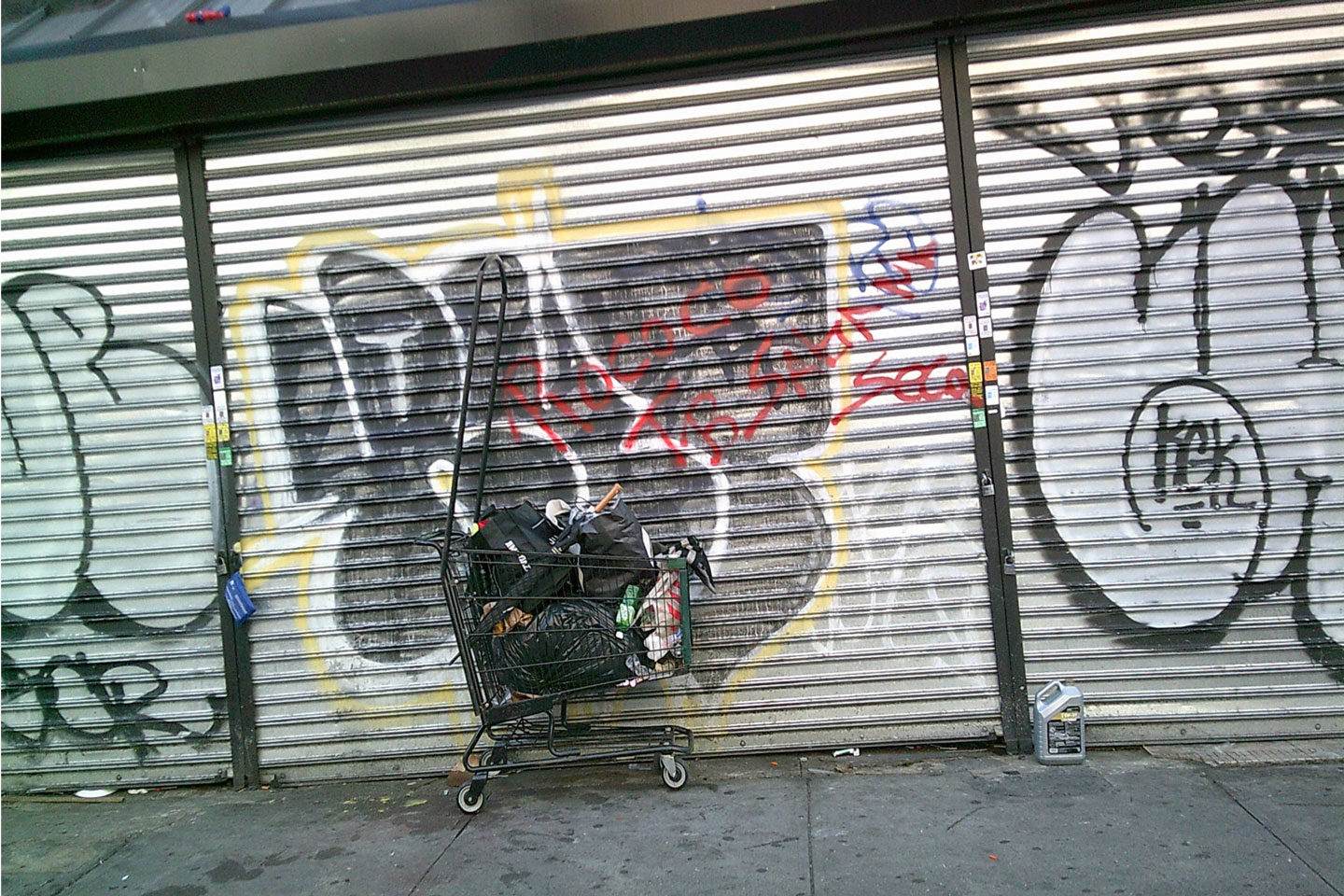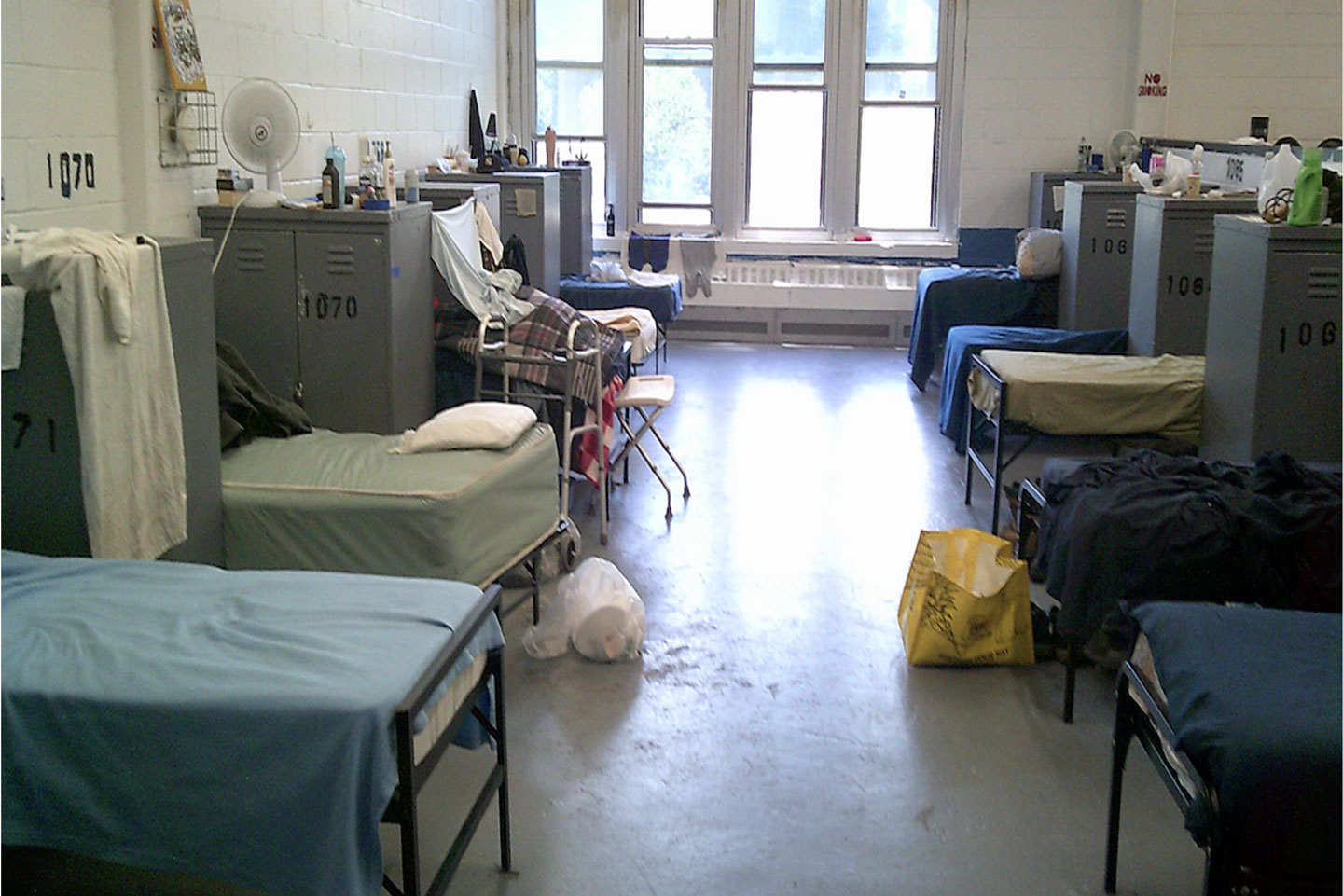
Resilience, Intersectional Stigma & Empowerment Lab Research
Photovoice Studies
At the RISE Lab we use photovoice, a community-based participatory research method that helps individuals document their lives and experiences through photography. With this approach, participants are given cameras, training in photography, and guided prompts, then participate in a series of facilitated workshops to discuss the photographs, identify the themes captured, and share insights about ways policies and practices could be changed.
Our work aims to better understand the experiences of people navigating substance use and other challenges and amplify their ideas about what would help them improve their health, well-being, and daily lives.
Featured projects include the following:
A Community-Driven Exploration of PrEP, Harm Reduction, and Overdose Prevention Center Service Use among Spanish-Speaking People Who Inject Drugs in NYC
This study explores barriers and facilitators to pre-exposure prophylaxis (PrEP) for HIV prevention and harm reduction among Spanish-speaking people who inject drugs in New York City. We use photovoice to capture their experiences, perspectives, and ideas.
For more information, please view the CDUHR project description.
Washington Heights Photovoice Project: “The Day-to-Day of the Addict”
Washington Heights Carousel
Qualitative Exploration of Social Network Ties Among People Who Inject Drugs
The purpose of this photovoice research study is to explore and identify community support, social networks, and sources of joy among English-speaking people who inject drugs as potential facilitators of pre-exposure prophylaxis (PrEP) for HIV prevention and harm reduction use. We also explore barriers that may make accessing PrEP and harm reduction difficult.
Harlem Photovoice Project: “Hope in the Sorrow, Pain, and Suffering”
Harlem Carousel
PrEP Research
Intersectional Stigma Experiences, Pre-exposure Prophylaxis (PrEP) and Other Service Use Among People Who Inject Drugs
Researchers at the RISE Lab are also exploring barriers to pre-exposure prophylaxis (PrEP) among people who use drugs by examining their experiences with stigma in healthcare, pharmacy, treatment, and harm reduction settings.
PrEP can prevent HIV infection among people who inject drugs. However, PrEP use among people who inject drugs is low, and there have been several recent HIV outbreaks in this demographic throughout the United States. There is limited research focusing on PrEP for this population, although many people who inject drugs meet criteria for PrEP.
A significant barrier to PrEP uptake for this group is stigma related to drug use and other characteristics. That can contribute to negative healthcare interactions, avoiding seeking services, and healthcare providers being less willing to prescribe PrEP to people who inject drugs.
Stigma can be perpetuated at the individual level, organizational level (e.g., in healthcare, drug treatment, pharmacies, or syringe service programs), and structural level in the form of state policies that limit access to care.
Using a longitudinal survey and quantitative analyses, including developing new measures for intersectional stigma, we seek to understand participants’ experiences with individual and community stigma and how that impacts their plans to use various services.
Please see further project details at the National Institutes of Health RePORTER.
Overdose Prevention Research
Qualitative Assessment of the First Overdose Prevention Centers in the U.S.
In response to rising overdose deaths, in November 2021 New York City opened the first two publicly recognized overdose prevention centers (OPCs) in the U.S., both in existing harm reduction locations. OPCs are hygienic community-based facilities where individuals can consume pre-obtained drugs in a safe space with trained staff able to intervene if someone overdoses. OnPoint also offers counseling, case management, medications for opioid use disorder, and connections to healthcare and other services. Studies have shown that OPCs reduce overdose deaths and prevent infectious disease transmission.
Despite evidence that OPCs improve individual and community health, not all people who use drugs frequent OPCs, and if they do use OPCs, they may not use them every time they use drugs.
This study explores experiences of people injecting drugs outside of one OPC location in New York City to understand when and why people decide not to use OPC sites. Informed by grounded theory and its methods of constant comparison and theoretical sampling, we triangulate data by using ethnography and semi-structured qualitative interviews.
For additional information, please see the project description at the Center for Drug Use and HIV Research (CDUHR).


